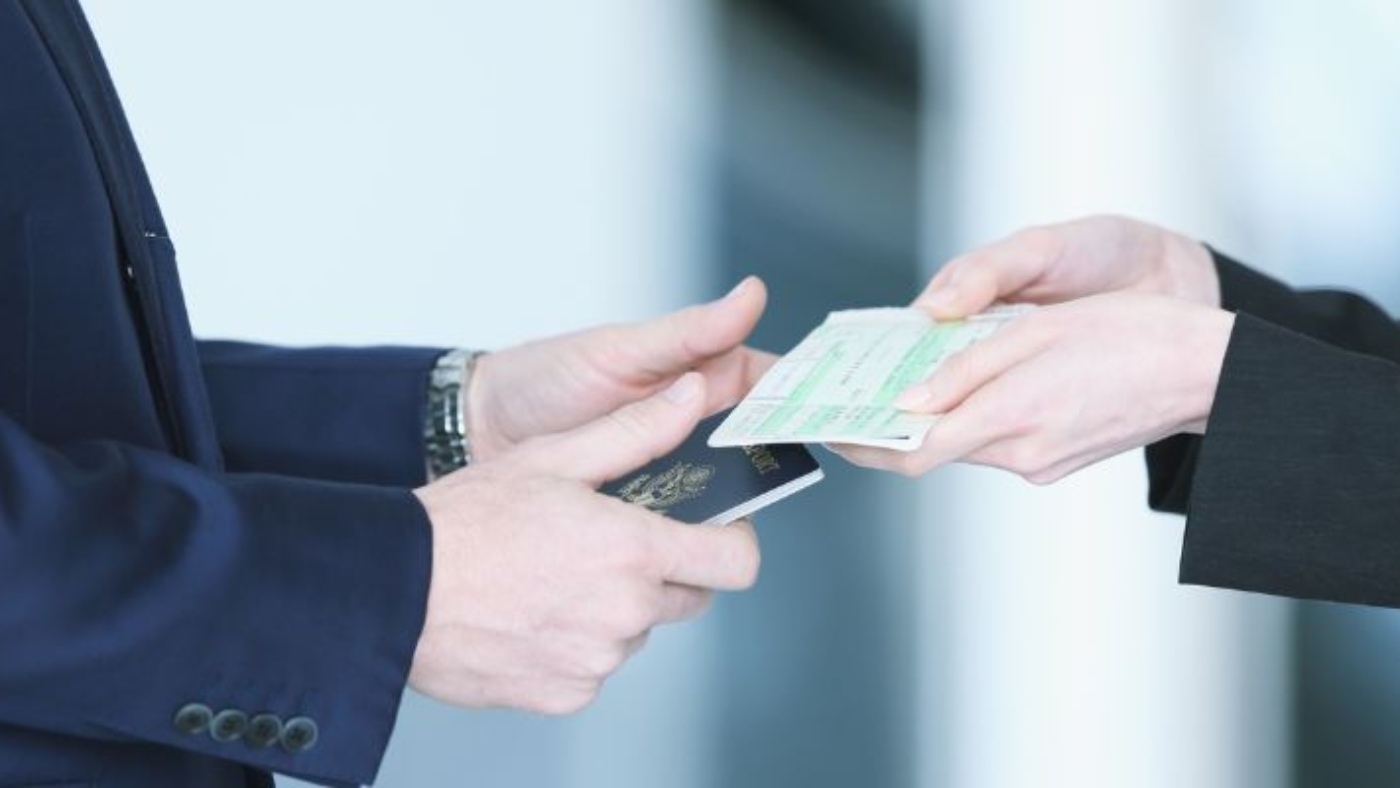Applying for a visa can be an exciting but stressful experience. Whether you’re aiming to study abroad, work in a foreign country, or settle permanently, even a small error in your visa application can lead to delays, rejections, or even bans. With increasing immigration scrutiny across countries like Australia, Canada, the UK, and the US, it’s more important than ever to be well-prepared and informed. In this article, we’ll walk you through the top 5 most common mistakes applicants make during the visa process—and how to avoid them.
1. Submitting Incomplete or Incorrect Documentation
One of the most frequent reasons for visa rejection is missing or incorrect documents. Every visa category—be it student, work, PR, or visitor—has a distinct checklist of required paperwork.
What to Avoid:
- Incomplete financial proofs
- Expired passports
- Inaccurate education or employment records
- Notarized documents missing stamps/signatures
Pro Tip: Always double-check the visa checklist from the official immigration website of the country you’re applying to. Use a document tracker or hire a certified consultant to verify your paperwork before submission.
2. Applying Under the Wrong Visa Category
Each country offers multiple visa categories. Applying under an incorrect visa class not only wastes time and money but also reduces your chances of success.
What to Avoid:
- Applying for a tourist visa when your intent is work-related
- Using a study visa when planning to settle permanently
- Not understanding the purpose of subclass visas (like in Australia)
Pro Tip: Consult with a MARA or ICCRC registered expert who can evaluate your profile and suggest the most suitable visa category based on your long-term goals.
3. Inconsistencies in Your Application and Personal History
Even minor inconsistencies between what you write in your visa application and what you’ve submitted in previous applications, job records, or travel history can raise red flags.
What to Avoid:
- Discrepancies in address or employment dates
- Contradictions in educational qualifications or intentions
- Failing to mention prior visa denials
Pro Tip: Be honest and consistent. If you’ve faced visa rejection before, mention it clearly and explain the reasons with supporting documentation if needed.
4. Ignoring Language Test Requirements
For countries like Australia, Canada, or the UK, your English proficiency score (like IELTS, PTE, or TOEFL) is a key eligibility factor for both education and skilled migration visas.
What to Avoid:
- Submitting expired or low test scores
- Choosing the wrong type of test (Academic vs General)
- Overlooking country-specific score thresholds
Pro Tip: Take your test early in the application process. Always aim to score higher than the minimum requirement to strengthen your overall profile.
5. Not Seeking Professional Help When Needed
Many applicants try to navigate the complex immigration process on their own, which can often lead to costly errors. While DIY applications are possible, they’re not advisable for complex cases like PR, business visas, or reapplication after a rejection.
What to Avoid:
- Taking advice from unregistered agents
- Assuming your case is “simple” without expert evaluation
- Relying on outdated forums or YouTube videos
Pro Tip: Work with a certified immigration consultant who understands visa laws and can guide you with legal accuracy, saving time and reducing stress.
Conclusion
Your visa application is the first step toward achieving your global dreams. Don’t let avoidable mistakes ruin your chances. By being meticulous, well-informed, and professionally guided, you can greatly increase your chances of success. Always remember, immigration laws are strict, but a well-prepared application is your strongest ally.


Leave A Comment